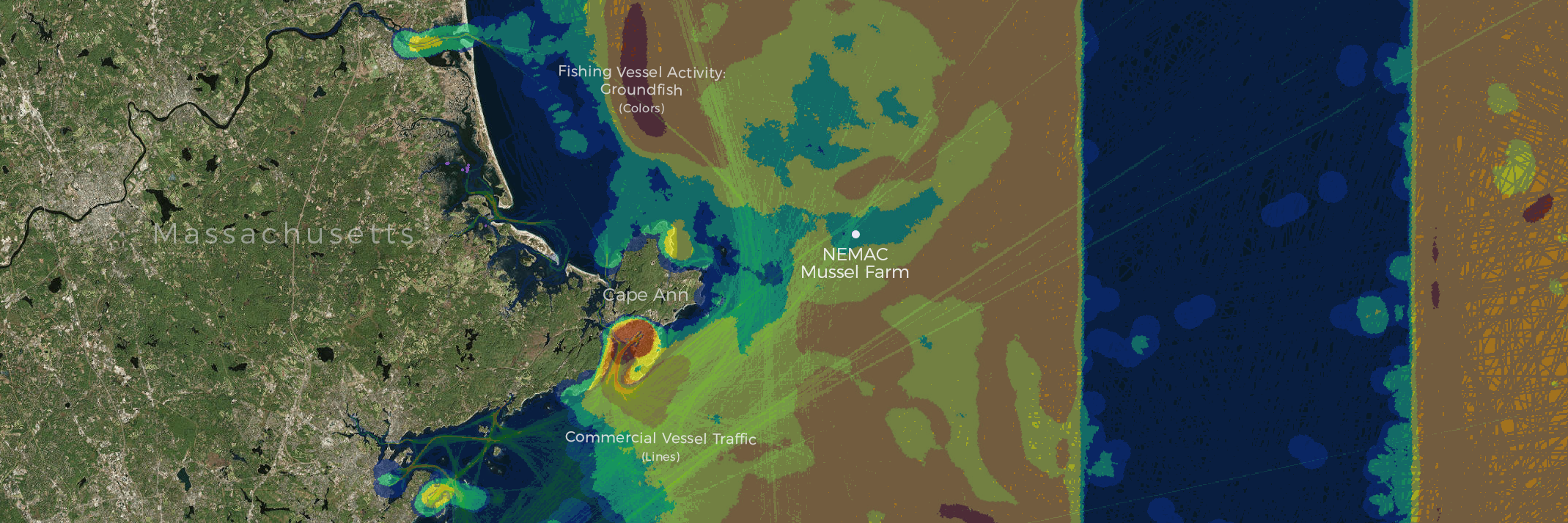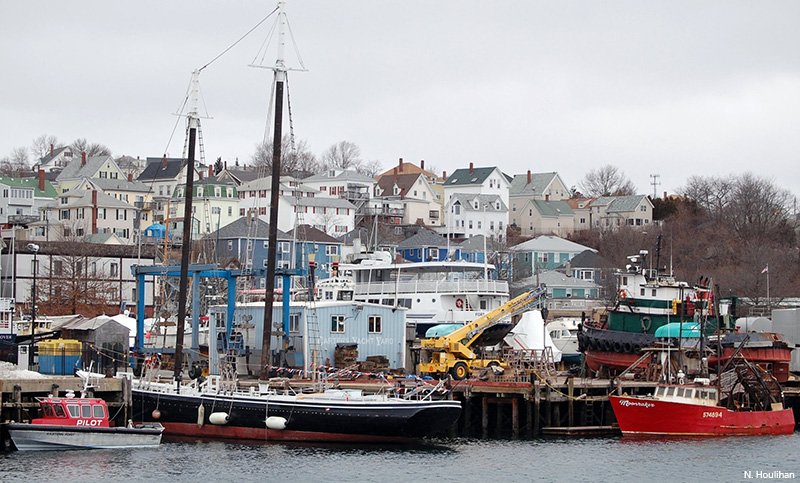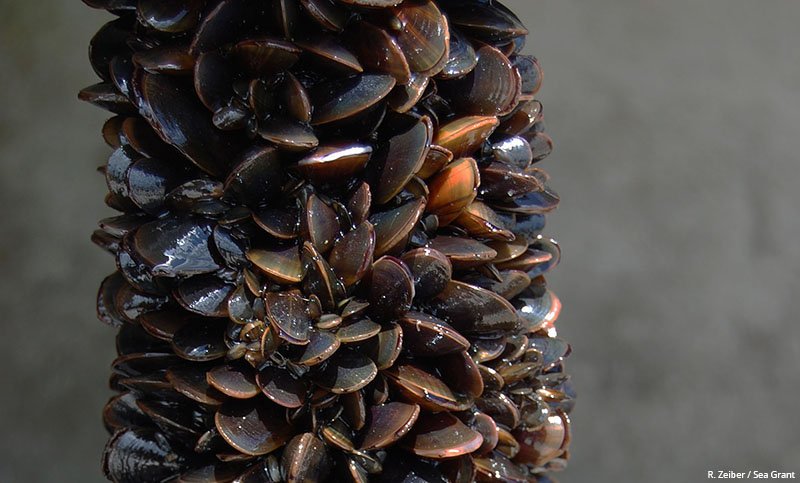“The Northeast Ocean Data Portal was instrumental in obtaining the necessary information to complete these assessments.”
Ted Maney
Northeastern Massachusetts Aquaculture Center (NEMAC)
Northeast Ocean Data Portal User:
Northeastern Massachusetts Aquaculture Center (NEMAC) at Salem State University
In Consultation with:
Environmental Protection Agency (EPA)
Massachusetts Division of Marine Fisheries
National Oceanic and Atmospheric Administration (NOAA)
U.S. Army Corps of Engineers
U.S. Coast Guard (Sector Boston Waterways Management)
Objective:
To create new economic opportunities by establishing the first shellfish aquaculture farm in federal waters off the Atlantic coast.
Related Ocean Uses:
![]()
In 2013, the Northeastern Massachusetts Aquaculture Center (NEMAC) at Salem State University proposed a submerged mussel farm in federal waters off Cape Ann, Massachusetts. NEMAC biologists Ted Maney and Mark Fregeau sought to develop offshore mussel culture as an alternative industry for economically struggling fishing communities. The initial phase of the project called for a single 400-foot longline submerged to a depth of 50 feet and anchored to the bottom. Suspended from the longline would be one hundred 25-foot lines on which mussels would grow. In future phases, the fully built-out farm could eventually cover 33 acres with many longlines. Buoys on the surface would mark the location of the underwater farm.
Because of the potential impacts on other ocean uses and marine life, the proposal for the farm was required to undergo review and approval by multiple federal and state agencies. In its application, NEMAC showed that the farm would have little or no negative impact on fishing activity, commercial and recreational vessel traffic, and protected marine resources.
To do this, NEMAC turned to data and information from the Northeast Ocean Data Portal. NEMAC used maps from NortheastOceanData.org showing oceanographic characteristics, fishing vessel activity, commercial vessel traffic, fishing closures, Essential Fish Habitat (EFH), and species listed under the Endangered Species Act (ESA).
Having the data and maps readily accessible through the Northeast Ocean Data Portal made the permitting process and compliance with existing laws easier. In January 2015, the Army Corps of Engineers issued a permit to NEMAC to establish the mussel farm. In August 2016, Fregeau and Maney began setting up the initial 400-foot mussel longline that was expected to produce a yield of approximately 15,000 pounds. The NEMAC blue mussel farm is the first offshore shellfish farm in federal waters on the Atlantic Coast.
Related Interactive Maps
Location of NEMAC mussel farm (indicated in purple)
with:
Essential Fish Habitat (EFH) Closure Areas
Humpback whale abundance (June)
Abundance of ESA-listed marine mammals
For More Information
Permitting an Offshore Mussel Farm in Federal Waters in the Gulf of Maine: A Case Study
Presentation slides by Ted Maney (NEMAC)
Download this case study (pdf)
Revised: February 8, 2018



